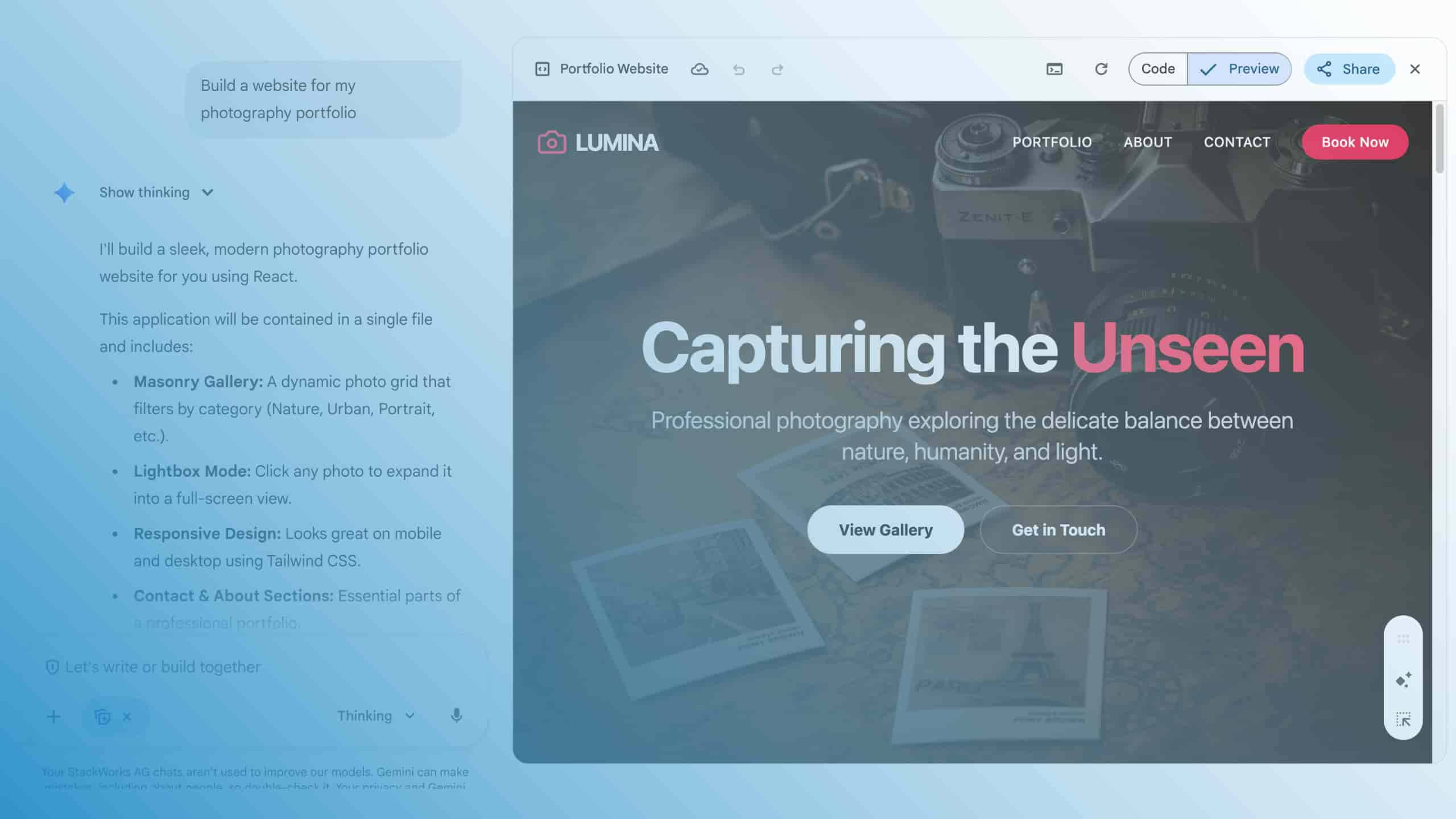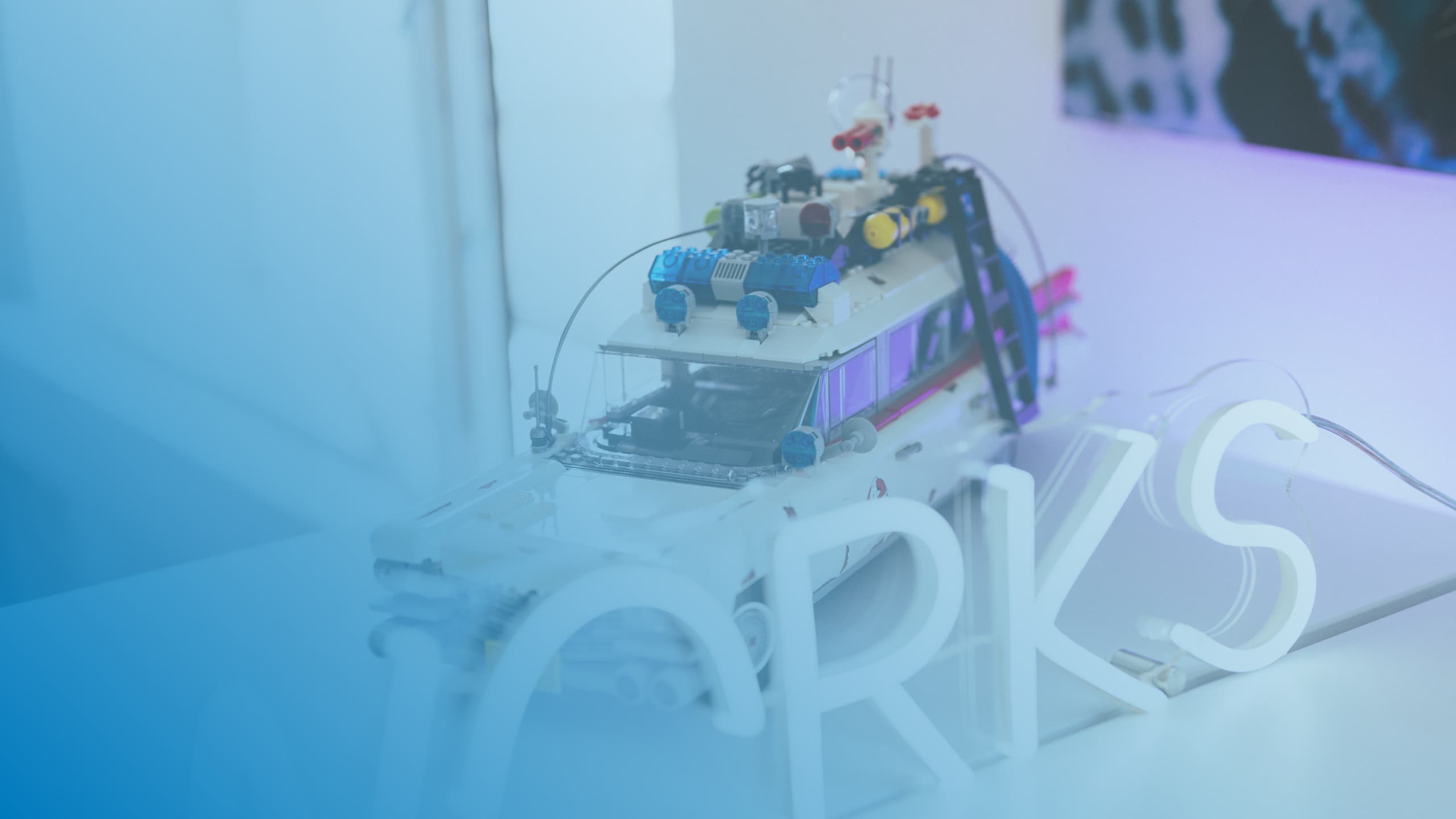Google Chrome OS - An operating system for the cloud era

With Chrome OS, Google has developed its own operating system that is increasingly establishing itself as an alternative to classic desktop operating systems such as Microsoft Windows or Apple macOS. But why this development and what is behind the success of Chrome OS? In a multi-part series of blog posts, we explore these questions and present Chrome OS in detail.
Anyone using Google Chrome OS for the first time will be particularly impressed by its speed. A Chromebook starts up in just six to seven seconds and is then immediately ready for use. Even a reboot including an update to a new major version of the operating system does not take much longer. After that, the system welcomes its users with a user interface reduced to the essentials, centred on the Google Chrome browser. The system is optimised to serve as a fast and lean client for web applications, such as Google Workspace and numerous third-party applications and services (Figure 1). The functional principle behind this is not a new invention.

Chrome OS' uncluttered user interface with the browser in focus
The network is the computer
The network is the computer. This oft-cited slogan is said to have been coined by John Burdette Gage, former vice president of Sun Microsystems, in the 1980s. The visionary foresaw how networks and centrally offered services would expand the capabilities of end devices on the user side long before there was any talk of cloud computing. Since then, legions of analysts have referred to the famous quotation and predicted the extinction of PCs on several occasions. Minimalist network computers or thin clients were to make the classic fat client with local data storage and processing completely obsolete.
Historical hindsight reveals a more differentiated picture. Thin clients, mostly in the form of Linux systems optimised for access to terminal servers and virtual desktops, have conquered their niche. But the slim devices initially failed to achieve resounding success. This was mainly due to the fact that common software, from the Office package to specialised applications, for a long time required a conventional operating system - often Microsoft Windows.
And so the fat client continued to enjoy good health. All in all, the manufacturers of end devices, not least driven by the Corona pandemic, could not complain about sales, especially in 2020, as organisations searched and still search desperately for ways to keep their staff, who had suddenly moved to the home office, fit for work. Administrators are faced with the challenge of regularly updating the geographically dispersed clients, which are not necessarily permanently connected to the corporate network, and providing them with applications, data and services - all without neglecting information security.
The operating system for the cloud
Against this background, it may come as no surprise that with computers running Google Chrome OS, a still rather young type of end device is on the rise that follows the functional principle of a thin client like hardly any other. Unlike in the past, however, the somewhat dusty term of a thin client is used less often today and instead we speak of cloud clients or cloud PCs. And unlike earlier thin clients, Chrome OS meets a market environment that is now ready for it.
More and more applications and services are moving to the web and no longer require a conventional operating system as a basis. Google was certainly a pioneer here with Workspace (formerly G-Suite), but Microsoft Office 365 is also bringing more and more functions of the classic Office suite to the browser. Salesforce has impressively demonstrated that CRM and ERP applications work very well in the browser. The free image editor Photopea shifts the editing of formats from the applications GIMP, Adobe Photoshop, Adobe XD, CorelDRAW and Sketch completely to the web. Even Adobe is preparing to make functions of its core products Adobe Illustrator and Photoshop available via web browser. An operating system with the lowest possible overhead is thus ideally suited to an increasingly web- and cloud-centric world.
Chromebooks with worldwide sales record
Corresponding hardware is now available in numerous designs and equipment variants for every budget. In addition to Chromebooks - notebooks, tablets and detachables - the range is completed by compact desktop devices called Chromeboxes and all-in-one clients integrated with monitors, the so-called Chromebases. In the following articles of our blog series, we will only use the term Chromebooks for the sake of simplicity.
The statistics show that Chromebooks are on the rise. For example, analysts from Canalys attested to record growth in the global PC market for the fourth quarter of 2020, with Chromebooks alone leading the way with an increase of 287% 1 compared to the same period of the previous year. In absolute figures, more than 11 million Chromebooks were shipped in Q4/2020, and over 30 million units for the year as a whole.
In 2021, the overall sales figures have fallen again - a certain saturation of the market and, above all, supply bottlenecks for semiconductors are making themselves felt. However, Chromebook shipments remain at a significantly higher level than before the start of the Corona pandemic.
Chrome OS in detail
Chromebooks are popular with private individuals and educational institutions as well as businesses. While for the first two interest groups the ease of use of the devices is what counts, in companies the possibilities of integration with existing infrastructure are decisive. Central administration, identity and access management (IAM), network and VPN access and, last but not least, already established data storage, applications and services are relevant here.
How can Chrome OS help reduce IT costs and increase productivity at the same time? How does the operating system work under the hood and how secure is it? What applications are available for Chrome OS? And how does Chrome OS integrate with existing IT infrastructures? We will address these topics in the following posts in our blog series. Look forward to the next post "Google Chrome OS - Increase productivity, reduce costs"!







